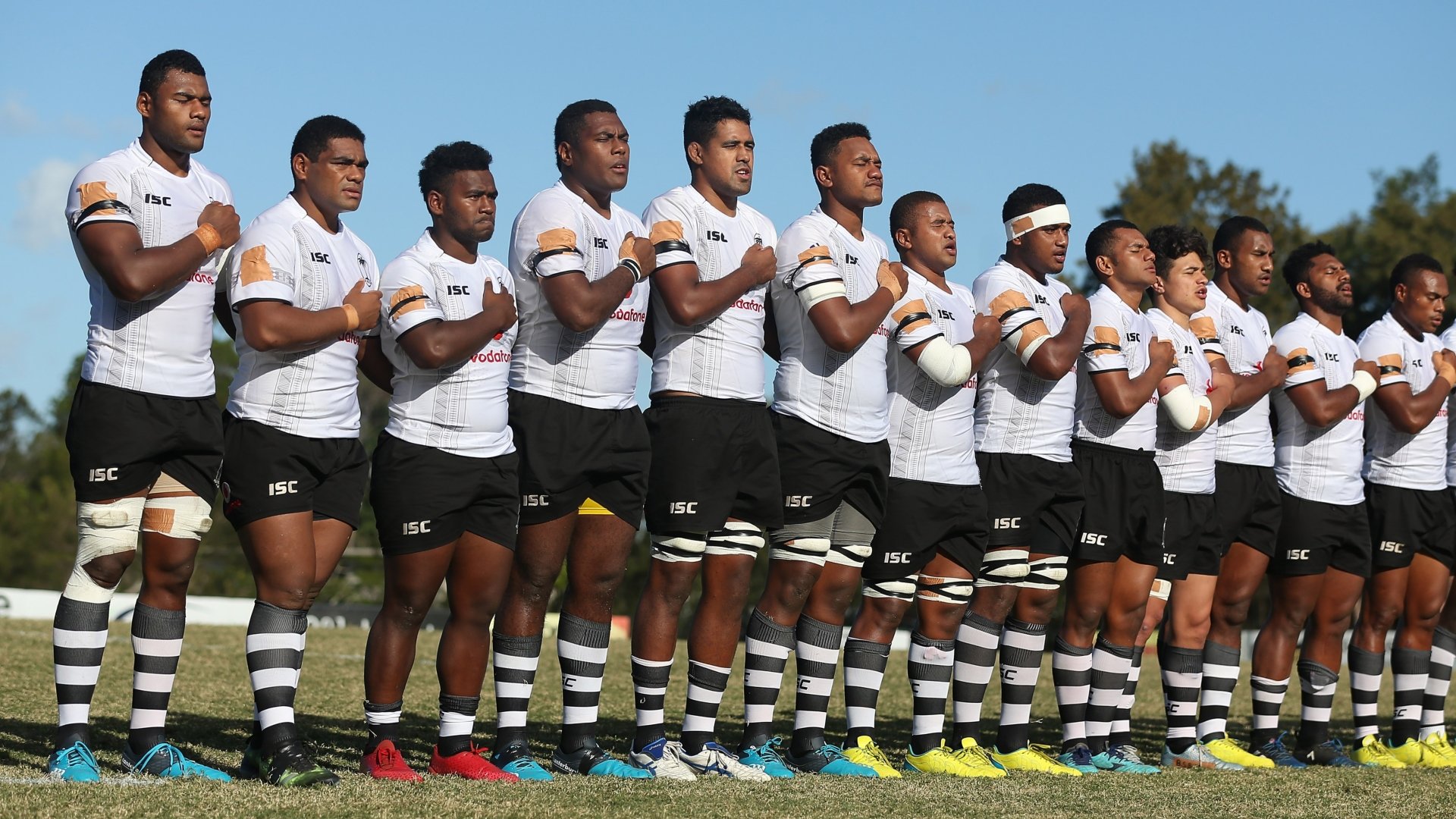The electric Fijian Under-18 scrum-half who's turning heads

The Fijian U20 side may still be revelling in their success at the recent World Rugby U20 Trophy in Romania, but attention is already turning to their return to the U20 Championship in 2019.
It will be their first time back in the top tier competition since they were relegated in 2014 and the level of competition has only increased since then, with the likes of Argentina, Georgia and even Japan – who were relegated this year and will take Fiji’s place in the Trophy – showing improved performances, depth and level of ability.
Fiji will be without some of their key men from this year, such as Vilimoni Botitu and Viliami Rokobuli, as well as both starting props from the final, Immanuel Naciva and Apakuki Naivanawalu, all of whom will have graduated from the U20s by 2019 and be eyeing up spots in the ARC’s Fijian Drua side or representative action with Fiji Warriors.
Thankfully, Fiji will be able to call on the talents of a number of players from the Ratu Kadavulevu School, who not only won the Powerade Super Deans Rugby Championship in Fiji this year, but were also crowned Sanix World Rugby Champions, when they beat New Zealand’s Hastings Boys’ High School, 35-5, in the final in Fukuoka.
Headlining that group of players emerging from RKS is Jone Vatuwaliwali.
Fijian rugby is no stranger to producing dynamic and effective scrum-halves and it seems as if Vatuwaliwali is the next off the production line.
He possesses all of the electric footwork and audacious offloading that people would expect from a Fijian nine, but it is balanced by an experienced head on young shoulders, with Vatuwaliwali not looking dissimilar to a French scrum-half with the amount of control he influences on the game and the leadership role he takes in the back line.
He also kicks accurately at goal, as many French nines do, and can pass proficiently off both hands, something which the Fiji Times described as the area of his game that had particularly improved from this point last year.
He is not alone in bringing plenty of talent to the Fijian U20 pool from RKS, with fly-half Sireli Maqala also impressing and offering the potential of an all-RKS half-back pairing, although current Fiji U20 fly-half Caleb Muntz does have another year of eligibility yet to play. The other RKS standouts included openside flanker Ilikimi Torosi and wings Osea Natoga and Apolosi Nawai.
This will not be the first time that RKS has produced players of high quality, with Seru Rabeni, Noa Nakaitaci and Sitiveni Sivivatu among their more notable graduates.
























































































